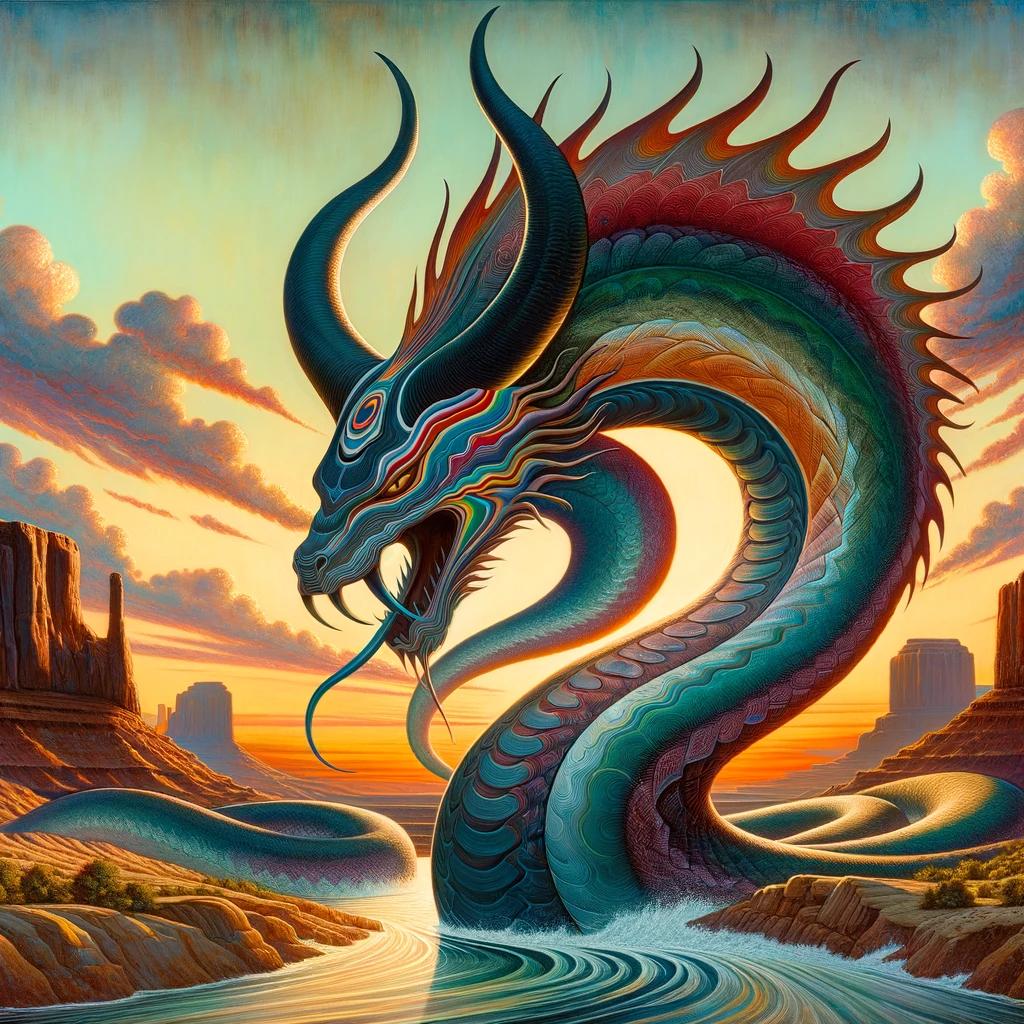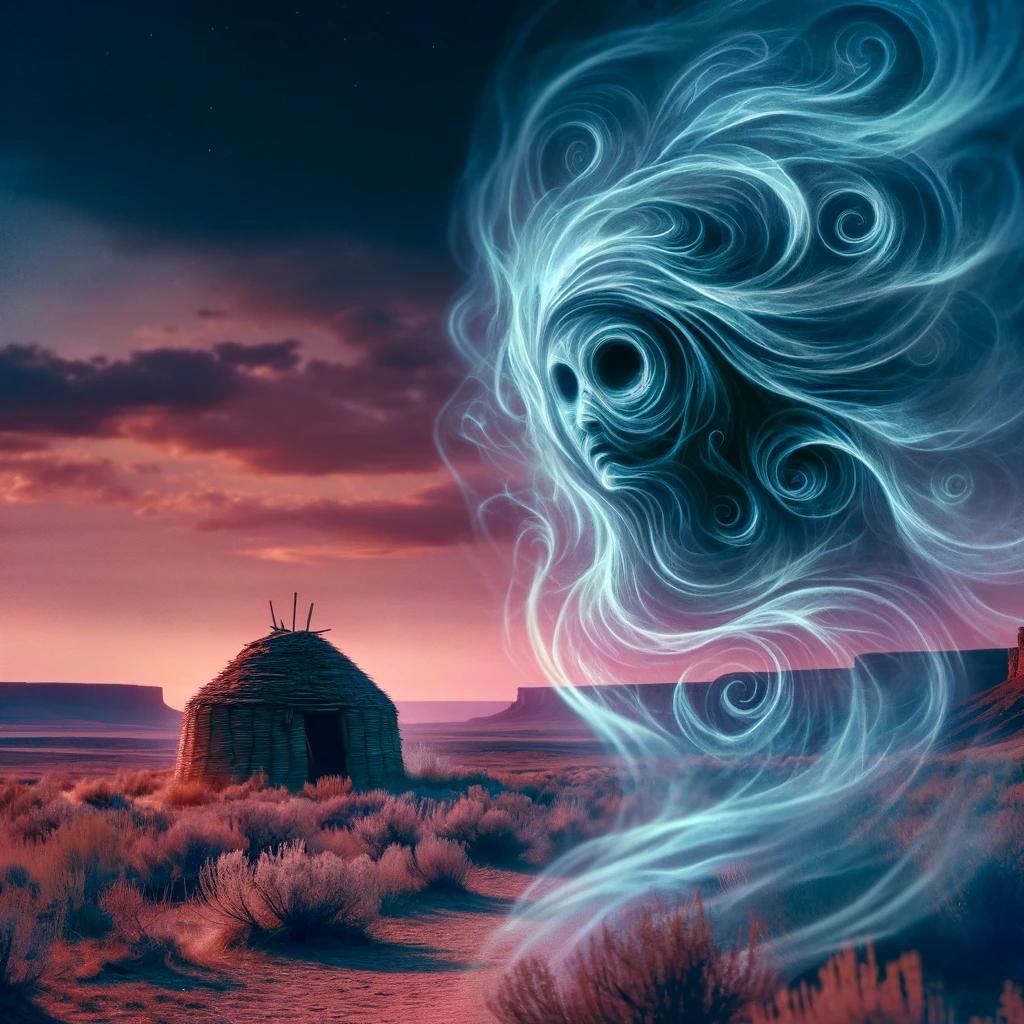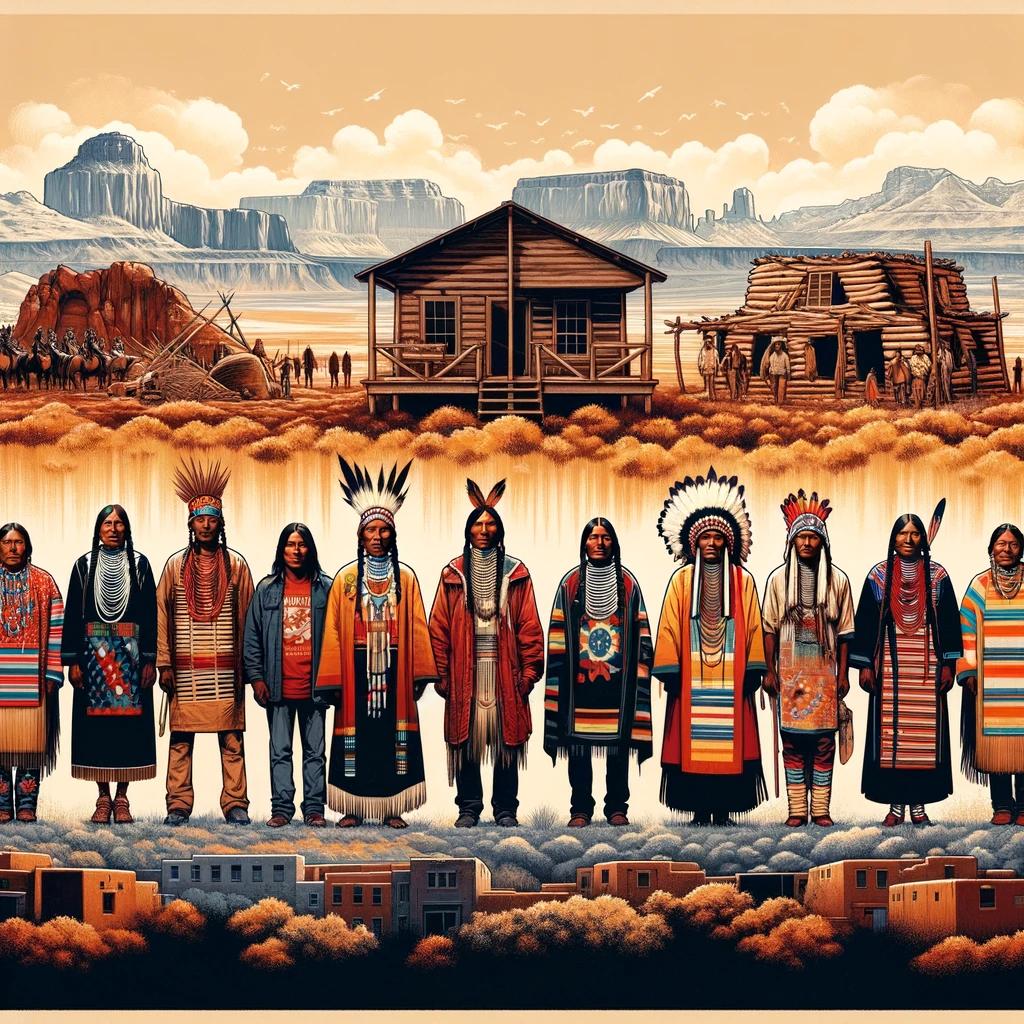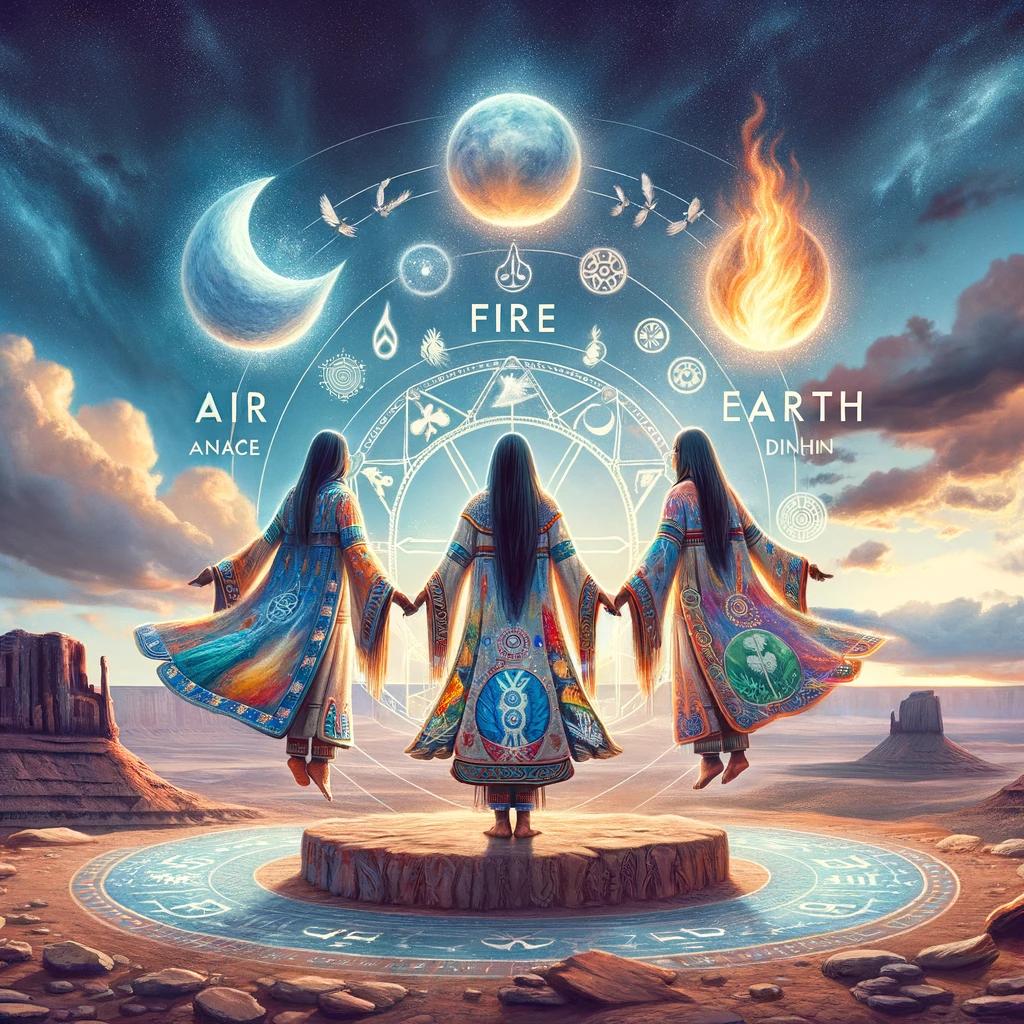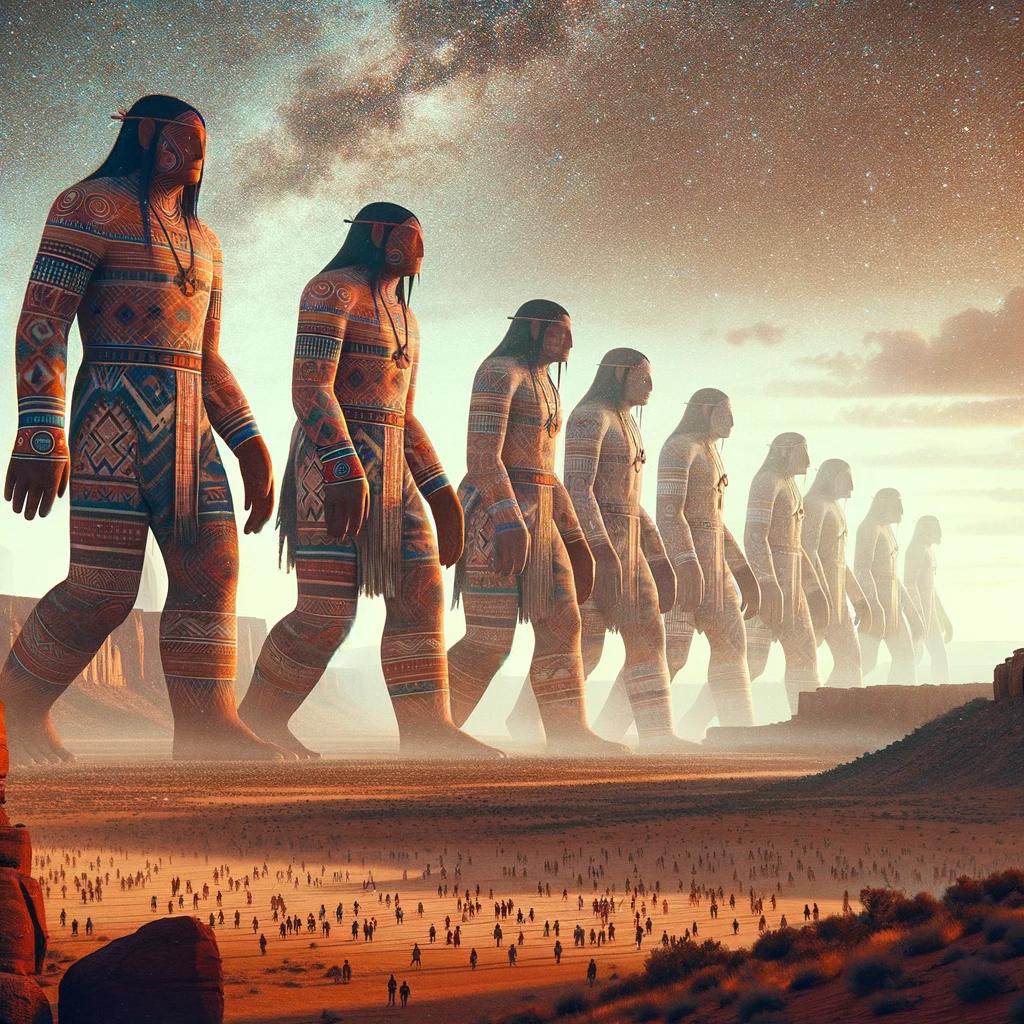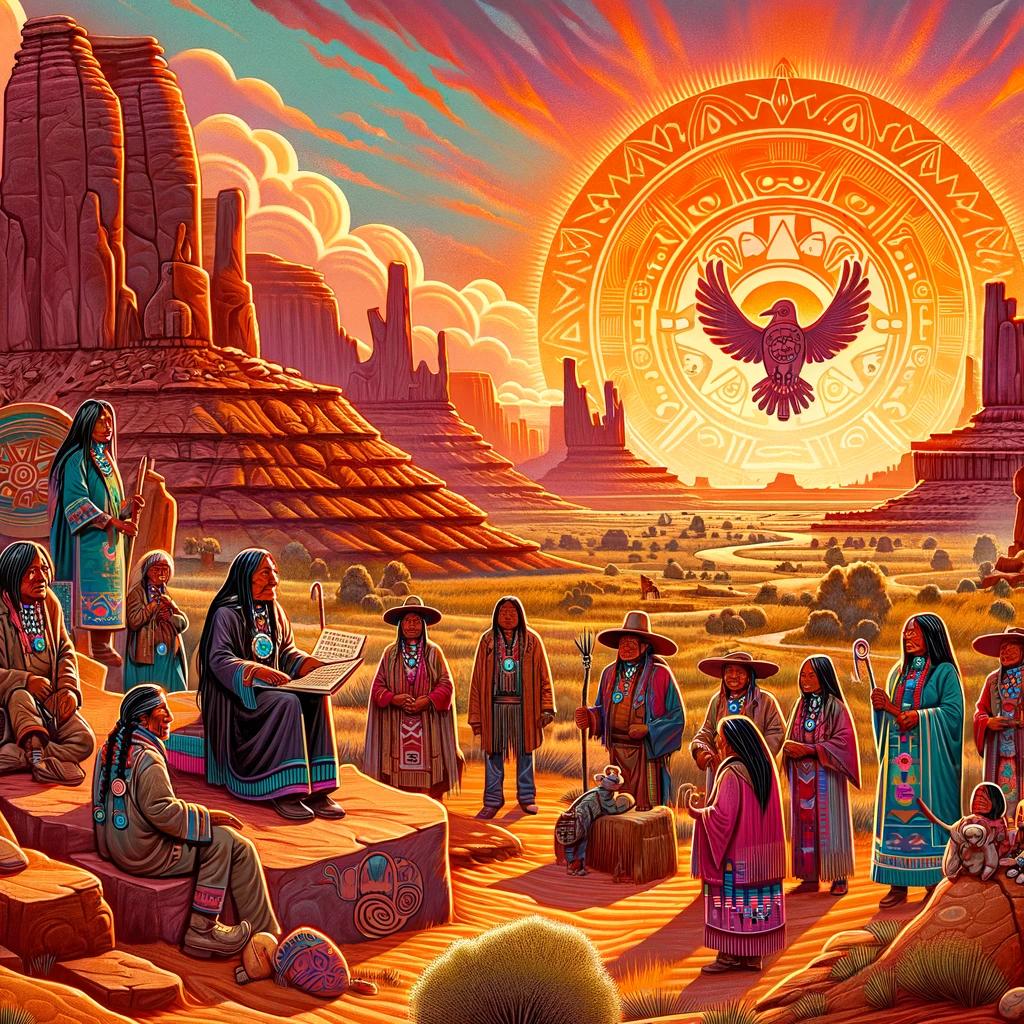The Great Horned Serpent in Mythology
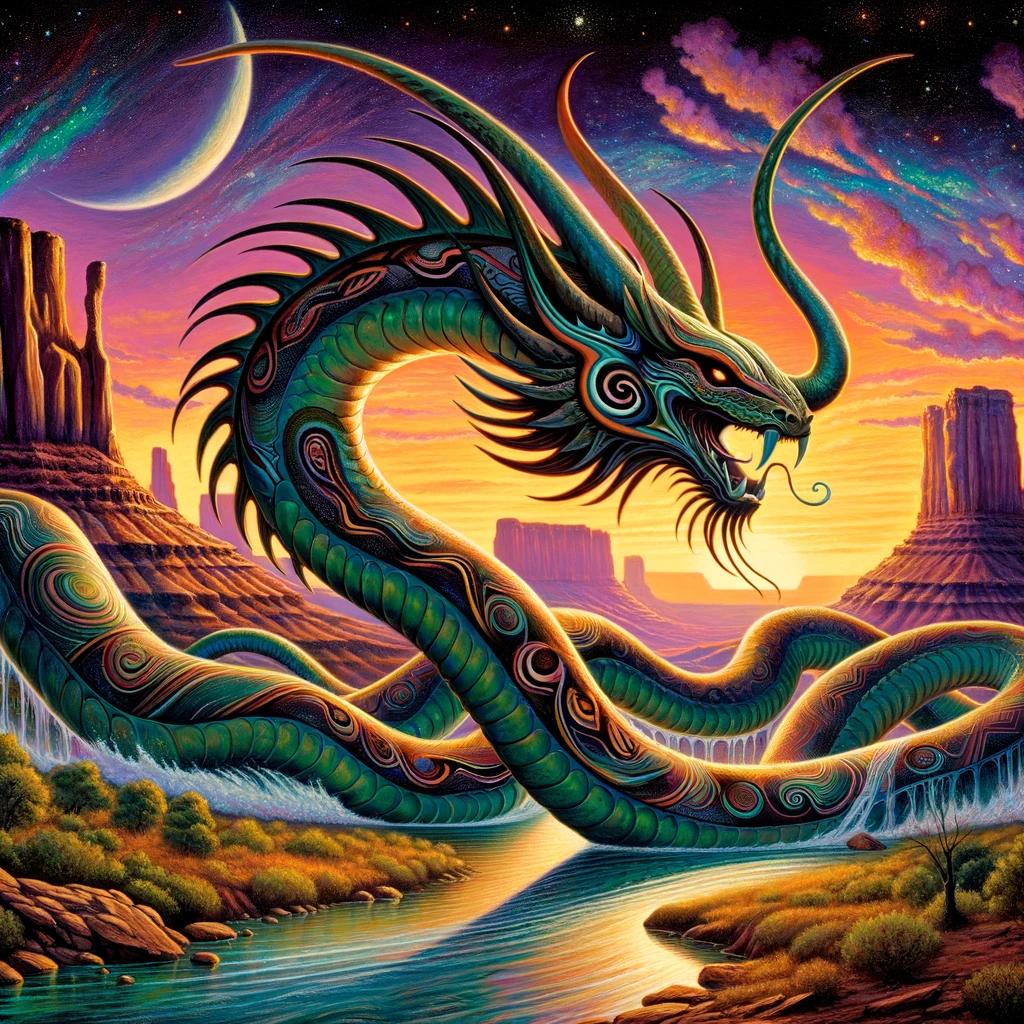
The Horned Serpent myth, also known as the great horned serpent in various cultures, holds significant meaning across diverse traditions worldwide. These mythical creatures, often depicted as serpents or snakes with horns on their head, symbolize power, wisdom, and various concepts.
The horned serpent lives in the heart of many legends, embodying the essence of fantastic beasts and the mysteries they hold.
They are associated with evolutionary influences, such as primates’ instinctual fear of snakes, which date back to ancient times when horned snakes were revered and feared. Recent changes in the study of these myths have further enriched our understanding of their significance across cultures.
Serpents also represent themes of death, rebirth, and initiation. Moreover, they embody fertility, transformation, and healing, with associations to sexual desire, Kundalini energy, and medicinal properties. Serpents are revered as guardians, protecting sacred sites and temples, and are featured prominently in Native American legends, where the native American horned serpent is considered a powerful entity, often associated with water and healing.
Ancient civilizations, like Egypt and Mesopotamia, have depicted serpents with horns, a universal symbol of power. The enigmatic Serpent People are revered as prophets across different cultures, highlighting the deep-rooted significance of horned serpent mythology in human history.
Origins of Serpent Mythology
The origins of serpent mythology, including the horned serpent native American mythology, can be traced back to ancient times, where these mythical creatures held significant cultural and symbolic meaning. The perception of serpents, including the concept of the snake with horns mythology, has been shaped by evolutionary influences and their association with death and initiation.
Evolutionary Influences on Perception
According to the studies conducted by anthropologist Lynne Isbell, the fear of snakes, including the great horned snake, is deeply ingrained in the collective unconscious due to the historical predatory nature of serpents towards primates.
Throughout millions of years, serpents, including horned serpents, were prominent predators, thereby influencing the way they are perceived.
Symbolism of Death and Initiation
Serpents, including the horned serpent, have long been associated with death and are connected to rituals of initiation and rebirth. Noted psychoanalyst Joseph Lewis Henderson and ethnologist Maude Oakes suggest that serpents symbolize death and the process of transformation.
They are seen as creatures that traverse the boundary between life and death, embodying the mysteries of the afterlife.
In various mythologies and cultures, including horned serpent native American mythology, serpents are seen as gatekeepers or guides to the realm of the dead, playing a crucial role in the tales of the deathly transitions.
Their association with death and initiation signifies a transformative journey, where individuals undergo a symbolic death and subsequent rebirth, emerging with newfound knowledge and wisdom. Using this perspective, the serpent’s role in the origins of mythology, including the mythology surrounding the horned serpent, is rooted in these evolutionary influences and symbolic representations of death and initiation.
The Serpent’s Symbolic Values
The Horned Serpent myth, including stories of the great horned serpent, holds deep symbolic values in various cultures and traditions worldwide. It represents not only the awe-inspiring power and wisdom of these mythical creatures but also embodies different aspects of human existence and experience.
Fertility and Creative Force
Across different cultures, serpents have been linked to the concept of fertility, representing the regenerative power and abundance of nature. They are viewed as symbols of the life-bringing energy that sustains the cycles of birth, growth, and renewal.
Transformation and Rebirth
The transformative nature of the Horned Serpent, including the lore surrounding the great horned serpent, symbolizes its association with change and renewal. Just as serpents shed their skin, they are seen as symbols of transformation and rebirth.
The shedding of old patterns, beliefs, and limitations paves the way for personal growth, enlightenment, and the embracing of one’s true self.
Sexual Desire and Kundalini Energy
In some traditions, the Horned Serpent, particularly the great horned serpent, is connected to sexual desire and the awakening of Kundalini energy. Kundalini, often depicted as a coiled serpent at the base of the spine, represents the dormant spiritual potential within each individual.
The Horned Serpent’s association with sexual desire signifies the powerful and transformative energy that can be unleashed through the awakening of one’s inner spiritual energy, embodying the profound connection between the horned serpent and aspects of human spirituality and physicality.
These symbolic values attributed to the Horned Serpent reflect its broader significance in various cultures, where it is considered not only as a creature of mythology but also as a representation of fundamental aspects of human existence.
The understanding and interpretation of these symbolic values may vary across cultures, but their underlying themes of fertility, transformation, and spiritual awakening remain universal.
Serpents as Guardians and Protectors
Serpents have long been associated with their role as protectors in various cultures and mythologies. Their defensive behavior and connection to sacred sites make them powerful guardians of spiritual spaces.
Defensive Behavior and Sacred Sites
One aspect of serpents as guardians is their defensive behavior.
In ancient civilizations like Angkor in Cambodia, the presence of sculptures depicting nāgas, serpents with hoods, is prevalent. These nāgas symbolize protection and act as devoted guardians of temples and sacred sites.
They are often seen coiled around the structures, reinforcing their role as protectors.
Nāgas in Asian Mythology
Asian mythology, particularly in Hindu and Buddhist traditions, holds a special place for serpents as guardians. In Hinduism, the representation of Kundalini as a coiled serpent represents spiritual energy lying dormant within an individual.
They are believed to inhabit both the earthly and celestial realms, using their powers to safeguard sacred texts and support the spiritual development of practitioners.
Throughout Asia, serpents, specifically nāgas, are regarded with deep respect and symbolism, embodying both protection and spiritual guidance.
Serpents and their Association with Medicine
The connection between serpents and medicine has long been recognized in various cultures. Serpent venom, known for its potent and potentially lethal properties, has been both feared and revered for its healing potential.
Venom, Healing, and Expanded Consciousness
Despite its deadly nature, serpent venom has been utilized for medicinal purposes throughout history. Ancient civilizations, such as the Egyptians and Mesopotamians, believed that certain components of venom possessed powerful healing properties.
Through careful extraction and preparation, healers and shamanic practitioners harnessed the transformative nature of serpent venom. It was used to treat various ailments, ranging from physical illnesses to spiritual disorders. The venom’s ability to induce altered states of consciousness allowed individuals to gain deeper insight and spiritual enlightenment.
Wisdom, Herbal Knowledge, and the Divine
In addition to venom, serpents were revered for their association with wisdom and herbal knowledge. They were believed to possess divine insight into the properties of plants and herbs, making them instrumental in medicinal practices.
Shamans and healers consulted serpents as spiritual guides, seeking their wisdom in the exploration of medicinal plants and their healing potential. Serpents were seen as conduits of divine knowledge, providing guidance on the appropriate usage and combinations of herbs for specific ailments.
- Serpents were recognized as symbols of both the physical and metaphysical realms, bridging the gap between humans and the divine.
- Their association with medicine elevated their significance in healing rituals and practices.
- Serpents were depicted in ancient art and iconography, often coiled around staffs or intertwined with the Rod of Asclepius, a symbol of healing and medicine.
In conclusion, serpents have a deep-rooted association with medicine, representing both the transformative power of venom and the wisdom of herbal knowledge.
Their role as guides and healers has been revered by ancient civilizations, recognizing their unique connection to the divine and their ability to facilitate physical and spiritual healing.
Horned Serpents in Native American Mythology
In Native American mythology, the presence of horned serpents is deeply ingrained in tribal legends and stories.
These mythological creatures hold a significant place in the folklore of various tribes, particularly in the southeastern forests and Great Lakes regions of North America.
Tribal Legends and Stories
Each Native American tribe has its own unique tales and beliefs surrounding horned serpents. These stories are passed down through generations, portraying these creatures as powerful beings with diverse characteristics and associations.
For example, Cherokee legends speak of the Uktena, a horned serpent believed to possess great power and supernatural abilities. According to their stories, encountering the Uktena was seen as both a dangerous and transformative experience.
Likewise, the Ojibwe tribe tells stories of Mishepishu, a creature similar to a horned serpent that is believed to inhabit the depths of water bodies. Mishepishu is often depicted with powerful horns and is associated with water spirits and protection.
Horned Serpents in Southeastern Forests and Great Lakes
The southeastern forests and Great Lakes areas are known for their rich mythological traditions surrounding horned serpents. These creatures are often regarded as significant figures in the spiritual beliefs and rituals of the indigenous peoples of these regions.
According to the legends, horned serpents were seen as guardians of sacred sites and channels between the earthly and spiritual realms. They were believed to have the power to bestow blessings, provide guidance, and even foretell the future.
In some tribes, horned serpents were associated with rain and agriculture, symbolizing fertility and abundance. They were believed to bring the blessings of fertile lands, ensuring the survival and prosperity of the people.
Furthermore, the intricate artwork and carvings found in southeastern tribes’ ceremonial objects depict the horned serpents as powerful and revered beings, showcasing the enduring significance of these mythological creatures in Native American culture.
- The Cherokee tribe has legends about the Uktena, a horned serpent associated with danger and transformation.
- The Ojibwe tribe speaks of Mishepishu, a horned serpent residing in water bodies and associated with protection.
- Horned serpents are considered guardians of sacred sites and bridges between realms.
- They hold the power to bestow blessings, provide guidance, and predict the future.
- In some tribes, horned serpents symbolize fertility and abundance, associated with rain and agriculture.
- The intricate artwork and carvings of southeastern tribes reflect the significance of horned serpents in their culture.
Serpents with Horns in Ancient Civilizations
In ancient civilizations, the depiction of serpents with horns held a profound symbolism, representing power and divinity.
Let’s explore the significance of horns in relation to serpents in Celtic, Mesopotamian, and Egyptian mythologies.
Horns as Symbols of Power
Horns have been universally recognized as symbols of strength and authority. In Celtic mythology, Cernunnos, a deity with antlered horns, embodies the primal power of nature. Similarly, Mesopotamian mythology depicts Ningishzida, a serpent deity adorned with horns, who represents fertility and the underworld.
Celtic and Mesopotamian Depictions
In Celtic depictions, the combination of serpent-like creatures and antlered horns emphasizes their connection with nature and the spiritual realms. These powerful beings were revered as guardians and served as intermediaries between humans and the divine.
Mesopotamian representations also portrayed serpents with horns, symbolizing their link to the realms of both life and death.
Hathor in Egyptian Mythology
In Egyptian mythology, Hathor, commonly depicted as a cow goddess, is sometimes shown with a serpent’s body and prominent horns. As the goddess of love, femininity, and fertility, she embodies the power of creation and renewal.
The inclusion of serpents and horns in her representation symbolizes her connection to the divine forces of life and regeneration.
The Enigmatic Serpent People
The Horned Serpent myth encompasses the fascinating existence of the Serpent People, a mysterious civilization worshiped as prophets in various cultures. Legends speak of their profound connection with serpents and their enigmatic knowledge.
Worshiped as Prophets in Various Cultures
In numerous ancient civilizations, the Serpent People were revered as prophets and keepers of wisdom. Their association with serpents symbolized their profound understanding of transformation, healing, and the realm beyond. Across different cultures, they were believed to possess divine insights and spiritual guidance.
Let’s delve into the captivating beliefs surrounding the Serpent People in several notable civilizations:
Mesoamerica: The Feathered Serpent
- The Aztec civilization revered Quetzalcoatl, the Feathered Serpent, as a deity embodying wisdom, knowledge, and creation. Quetzalcoatl was believed to have brought enlightenment and civilization to humanity.
- In Mayan mythology, Kukulkan, also known as the Feathered Serpent, was worshiped as a powerful deity associated with intelligence, agriculture, and the cycles of nature.
Ancient Greece: The Serpent Oracle
Ancient Greece has its own enigmatic figure associated with serpents.
The Serpent Oracle, known as Python, was believed to possess prophetic powers and guarded the sacred site of Delphi. Pilgrims sought Python’s wisdom and insights through their divination rituals.
Native American Beliefs
Among Native American tribes, the Serpent People held deep spiritual significance.
They were revered as powerful beings who possessed ancient wisdom and spiritual insights. The specific beliefs and stories surrounding the Serpent People varied among different tribes in North America, leaving a rich tapestry of folklore and mythology.
One particular tribe that spoke of the Serpent People were the Hopi. According to Hopi legends, the Ant People, who appeared as humanoid serpents, guided and protected the Hopi during a time of great cataclysm, ultimately leading them to safety and a new way of life.
These are just a few examples of the worship and reverence associated with the mysterious Serpent People in various cultures throughout history. Their presence, often intertwined with serpents, emphasizes their deep understanding of transformation, knowledge, and the secrets of the divine.
.
.
.

